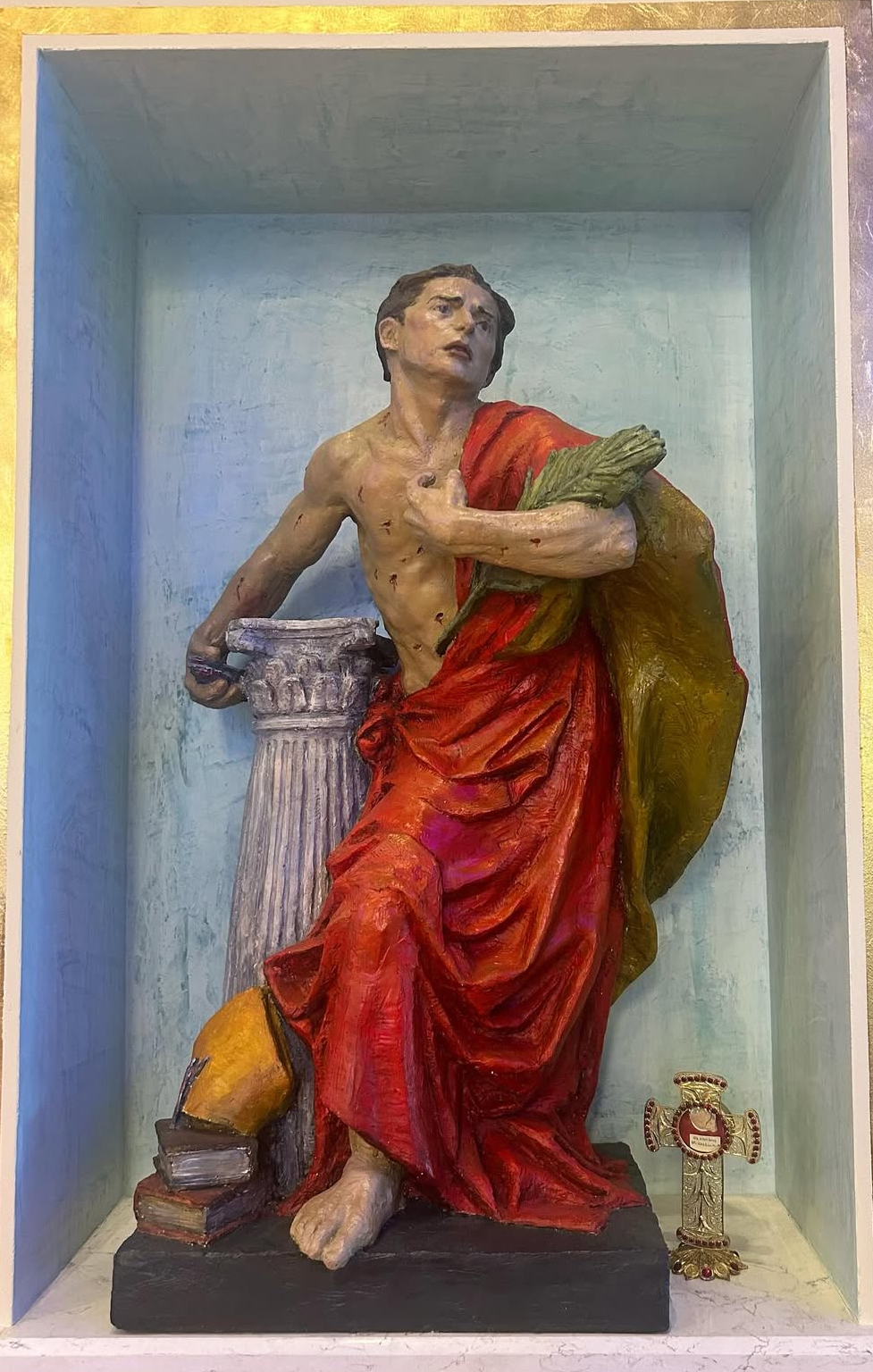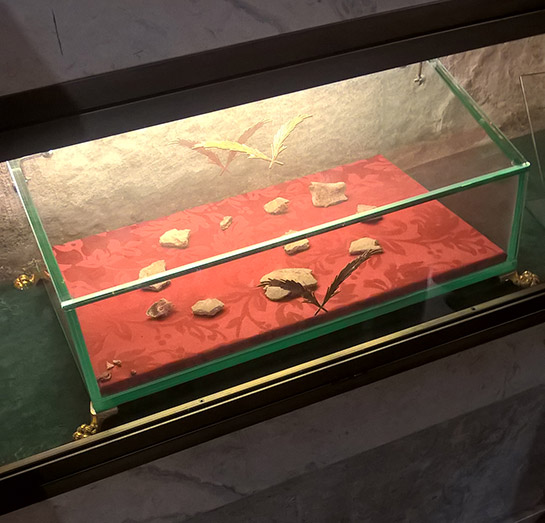
The Christians of the first few centuries were, for the most part, ordinary people.
They lived in a church that came of age in a period of political unrest and religious persecution. The times called for heroism and sanctity. Ordinary people did extraordinary things. Cassian was such a person. He was a layman and schoolmaster in Imola, a town approximately equidistant between Bologna and Ravenna in northeastern Italy. Tradition says that he was part of the Christian community of Imola. During a persecution, Cassian was turned over to the civil authorities. His martyrdom most likely occurred during the terrible persecutions of Emperor Diocletion in the early 4th Century. Knowledge and devotion of his martyrdom did not spread through the church until later.
Tradition provides us with the manner of his death
After being found guilty of the “crime” of being a Christian, and steadfastly refusing to sacrifice to idols, Cassian was condemned to death. It seems that the judge had a sadistic streak. Cassian was to be killed by his former students by being stabbed to death with their styli, the metal pens used to inscribe letters on tablets of wax, lead, or wood. Recent evidence taken from his remains verify this method of execution. It is believed that the saint suffered for days before finally receiving the crown of martyrdom.
The feast day of St. Cassian has been celebrated on the 13th of August since late in the IV century.
In iconography, he is pictured sitting (a traditional pose for a teacher) and holding a book (again, a symbol for a teacher) and a palm branch (a symbol of the victory of martyrdom). Often, his killers, school-aged children, are depicted, circling him with their instruments of death.

St. Cassian Relics
Relics of St. Cassian on display at the Cathedral in Imola

Saint Cassian’s Cathedral
St. Cassian’s Martyrdom location

Saint Cassian’s Cathedral
Inside the cathedral in Imola.
